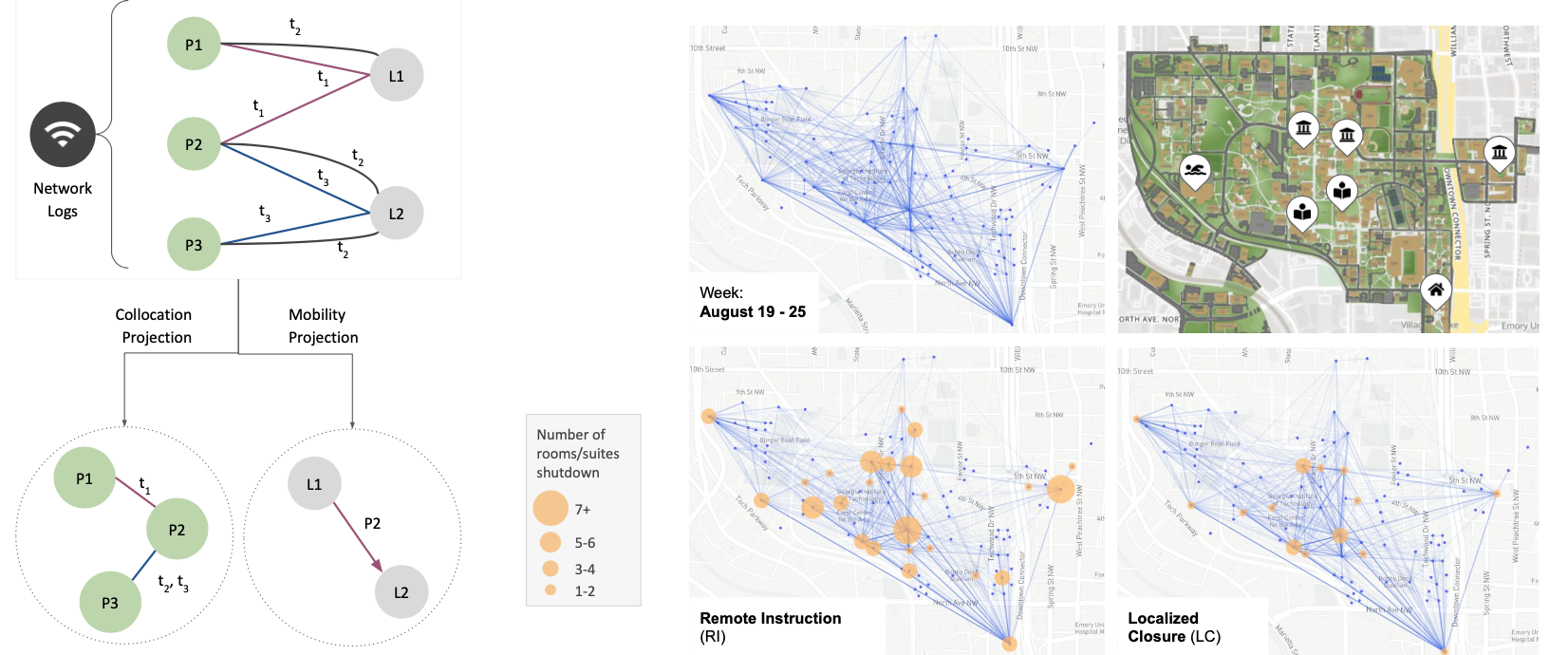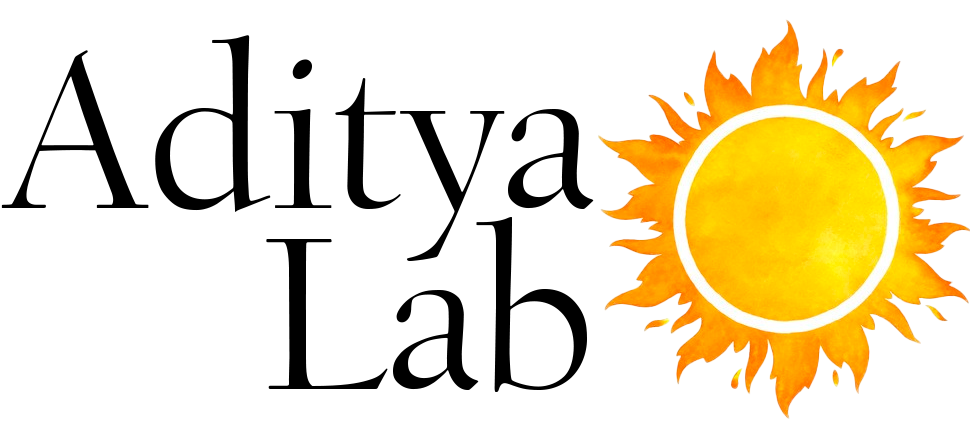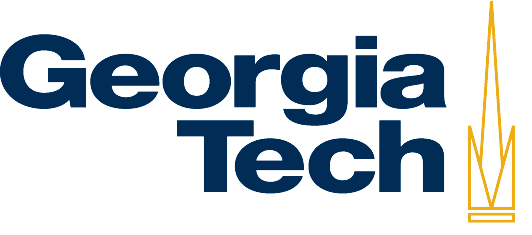WiFi mobility models for COVID-19 enable less burdensome and more localized interventions for university campuses

Description
Infectious diseases, like COVID-19, pose serious challenges to university campuses, and they typically adopt closure as a non-pharmaceutical intervention to control spread early and ensure a gradual return to normalcy. These policies, like remote instruction (RI), reduce potential contact but also have broad side-effects on campus by hampering local economy, students’ learning outcomes, and community wellbeing. In this paper, we demonstrate that university policymakers can mitigate these tradeoffs by leveraging anonymized data from their WiFi infrastructure to learn community mobility (WiMob) and in turn explore more granular policies like localized closures (LC). WiMob can construct contact networks that capture behavior in a variety of spaces, highlighting new potential transmission pathways and temporal variation in contact behavior. Additionally, WiMob enables us to design LC policies that close super-spreader locations on campus. On simulating disease spread with contact networks from WiMob, we find that LC maintains the same reduction in cumulative infections as RI while showing greater reduction in peak infections and internal transmission. Moreover, LC reduces campus burden by closing fewer locations, forcing fewer students into completely online schedules, and requiring no additional isolation. WiMob can empower universities to conceive and assess a variety of closure policies to prevent future outbreaks.


